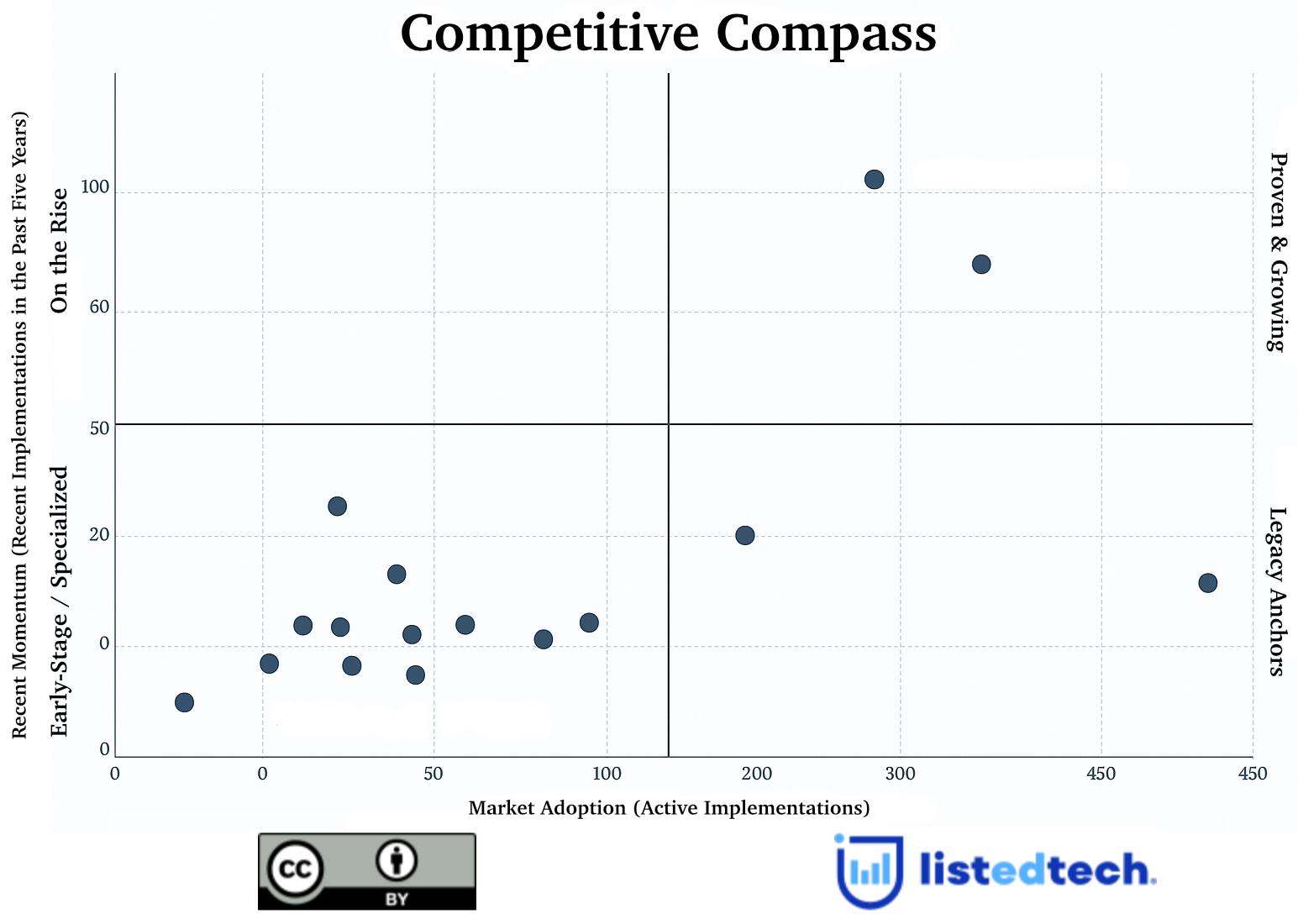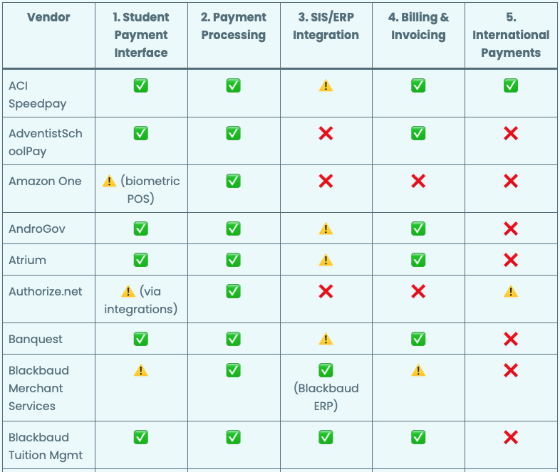
If you had to select the best Massively Open Online Courses (MOOCs) platforms, how would you do it? You could compile the individual course ratings offered on each system (see coursetalk.org) or you could do what several people do when choosing a program; look at university rankings to give you an indication of the quality of the academic programs. With the help of 9 world university rakings, we rated the top 4 MOOCs platforms (Coursera, edX, Futurelearn and Udacity) by compiling the ratings of the partnering institutions in order to find the best MOOCs. How did we do this?
The following example is for Harvard University, a parnering university of edX.
We simply compile all 9 World Rankings and average the ranks. This average is then added with the other partnering universities and averaged.
University
- ARWU : 1
- G-factor : 5
- HEEACT : 1
- Leiden : 2
- QS World : 3
- SCImago : 1
- Times HigherED : 4
- UR by AP : 1
- Webometrics : 1
- AVG. : 1
- Harvard University : 3
In the first section of the visualisation below, we can see that edX has the best overall ranking.
General observations
As stated in my last post on MOOCs, the partnering institutions have been hand-picked. The overall average of the 9 world rankings is between 70 and 95. With the recent announcement of Stanford teaming up with edX, Stanford is distancing itself from Coursera and Udacity to whom it is also partnered. Since Stanford University is ranked in the top 10 of almost all 9 Rankings, edX’s lead will grow.


